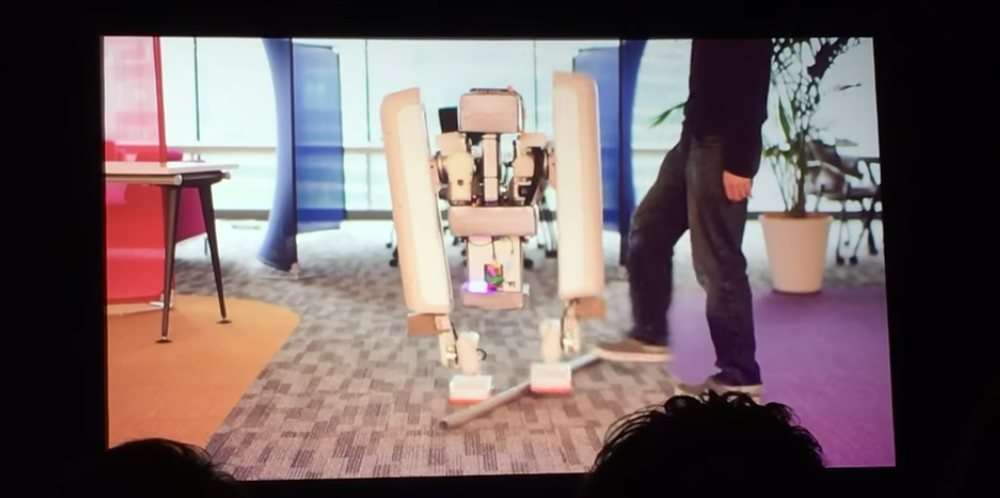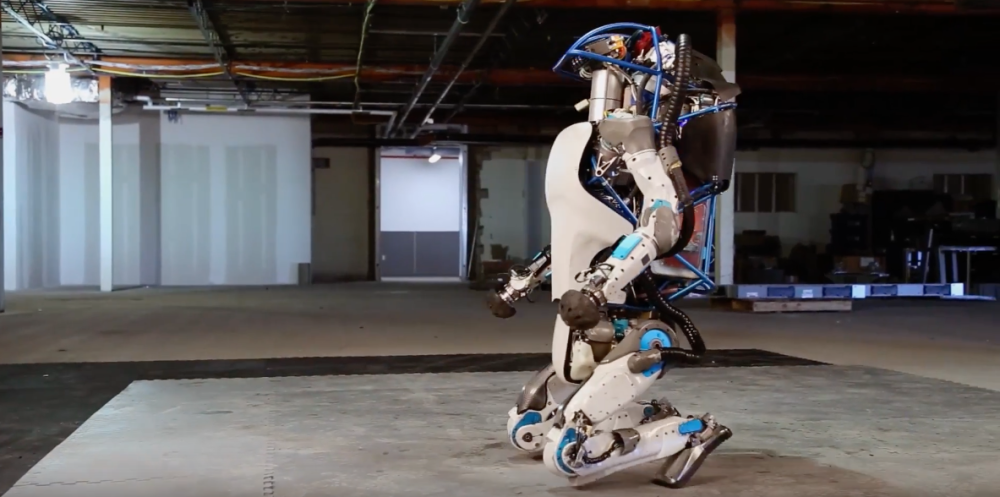
In what would be a rather amusing twist, future iPhones could be built by Google robots as Google’s robotics division assists Foxconn to “speed up robot deployment” at its factories.
The WSJ reports that Foxconn was looking for assistance in automating its production lines, while Google is aiming to introduce robots to manufacturing processes that have so far been largely manual – electronics assembly being a key example. It takes around 600 people to make each iPhone.
Foxconn has been working with former Android executive Andy Rubin since last year to carry out the U.S. company’s vision for robotics.
To speed up robot deployment at its own factories, Foxconn Chairman Terry Gou met with Rubin in Taipei recently and they discussed new robotic technologies, they said.
At the meeting, Gou expressed excitement over new automation technologies demonstrated by Rubin, they said. Rubin also asked Gou to help integrate a technology company that Google is acquiring as Foxconn’s strength lies in mechanical engineering.
Google has acquired eight robotics companies over the course of the past year, and is believed to have ambitions to create a robotic operating system that would be to manufacturing what Android is to smartphones. Foxconn is looking to reduce operating costs and boost efficiency.
“Foxconn needs Google’s help to step up automation at its factories as the company has the lowest sales per employee among the contract makers, given its large workforce,” said Wanli Wang, an analyst at CIMB Securities.











